Very interesting!
Hi Jeff it has been a while...
Curious whether a barrier such as metal, glass or wood between the coil terminal and gas tube would stop the lighting effect.
Cheers,
Ewan
Hi Jeff it has been a while...
Curious whether a barrier such as metal, glass or wood between the coil terminal and gas tube would stop the lighting effect.
Cheers,
Ewan


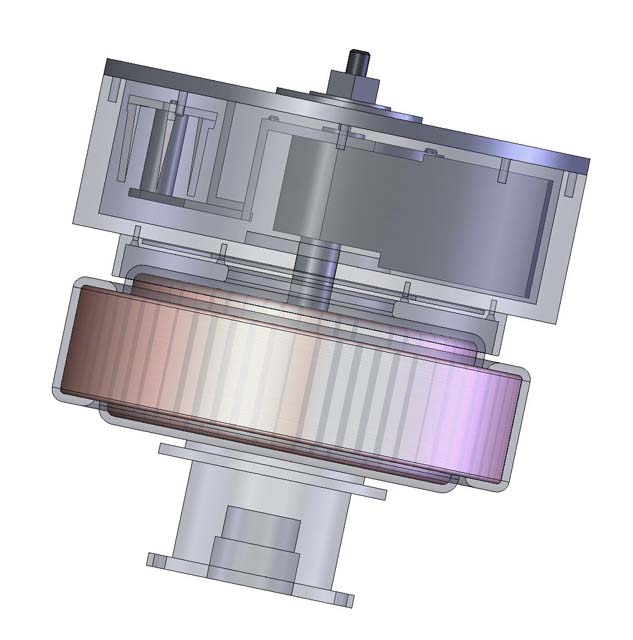

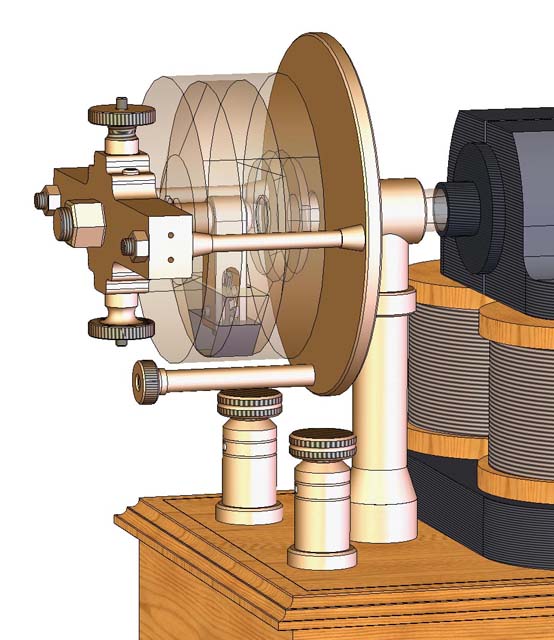
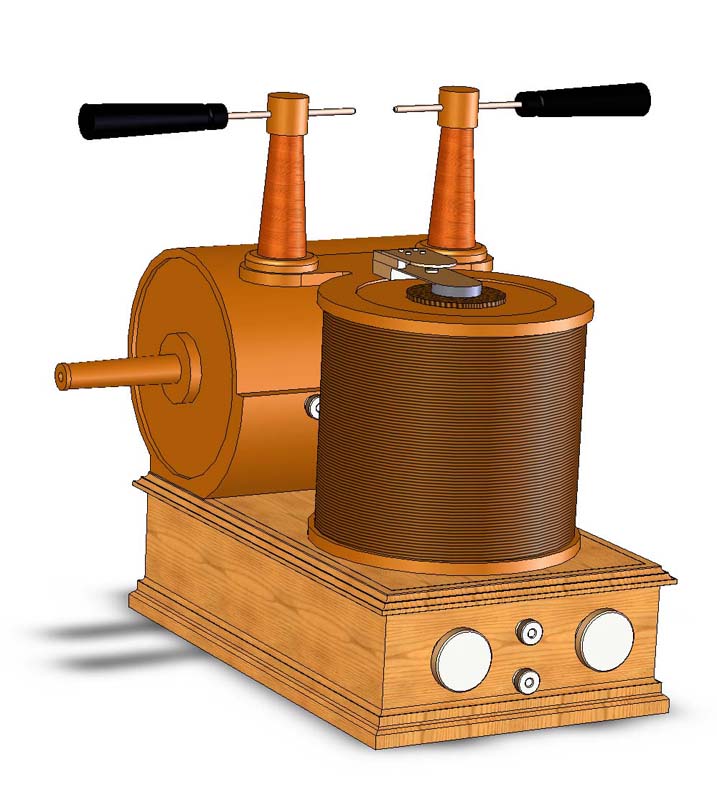
 I am still very partial to tungsten spark gaps with some form of heatsinks mounted to them. I have spark gaps 80 - 90+ years old that are still working fine made this way.
I am still very partial to tungsten spark gaps with some form of heatsinks mounted to them. I have spark gaps 80 - 90+ years old that are still working fine made this way.
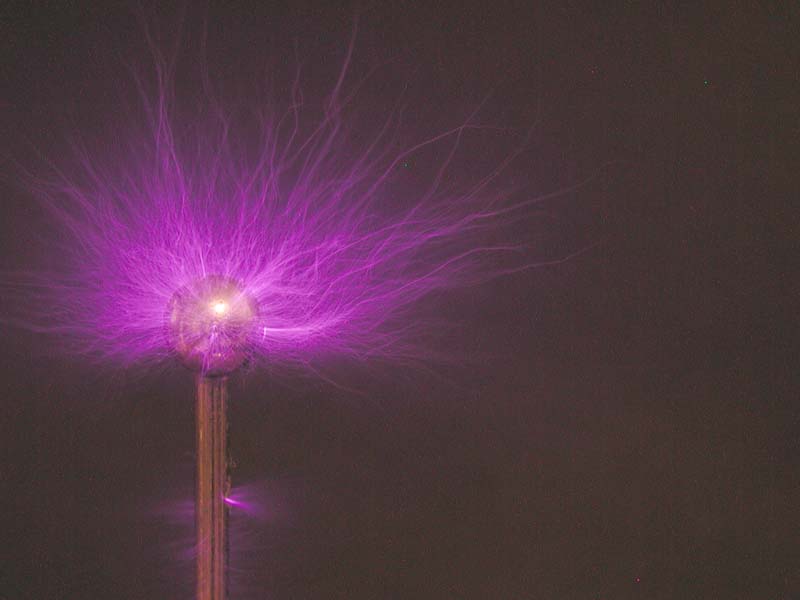
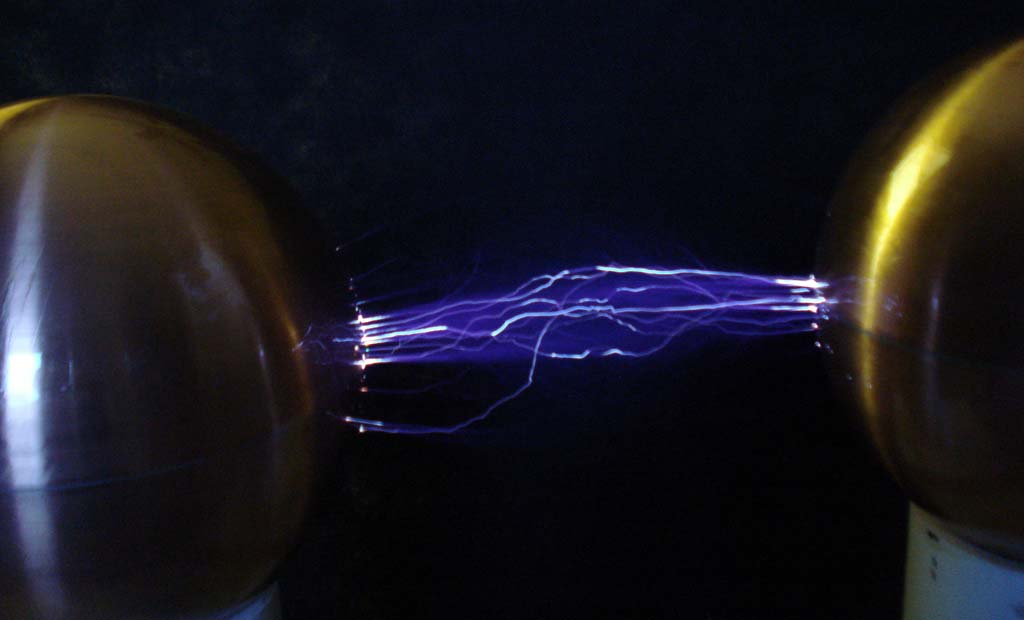
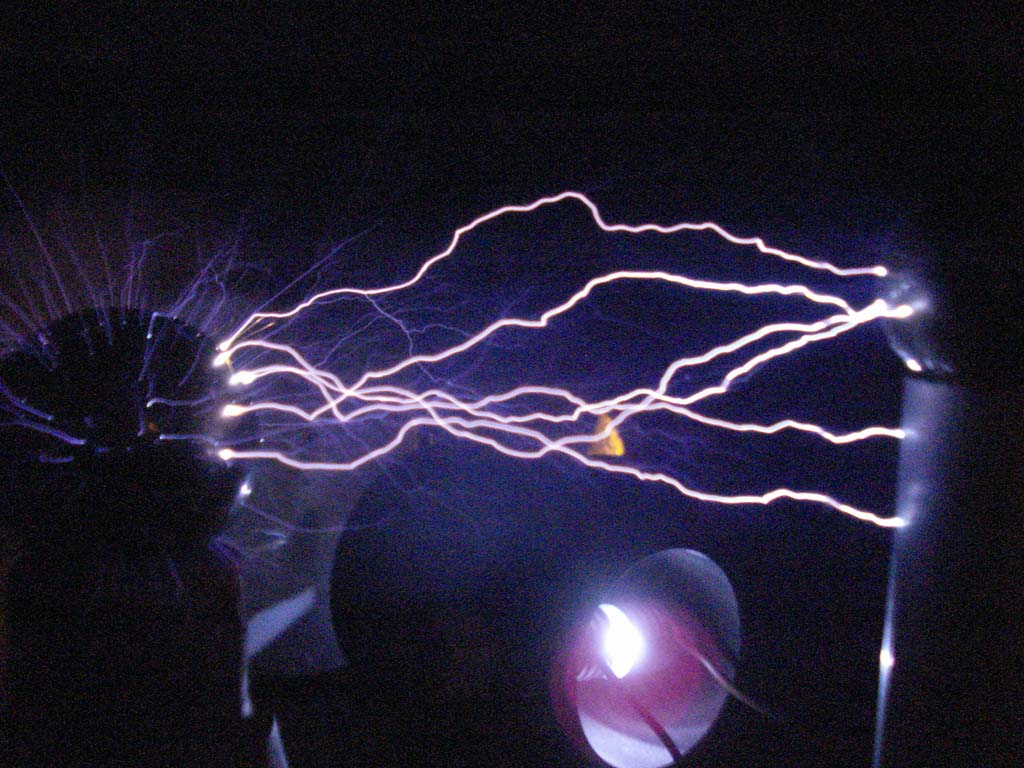
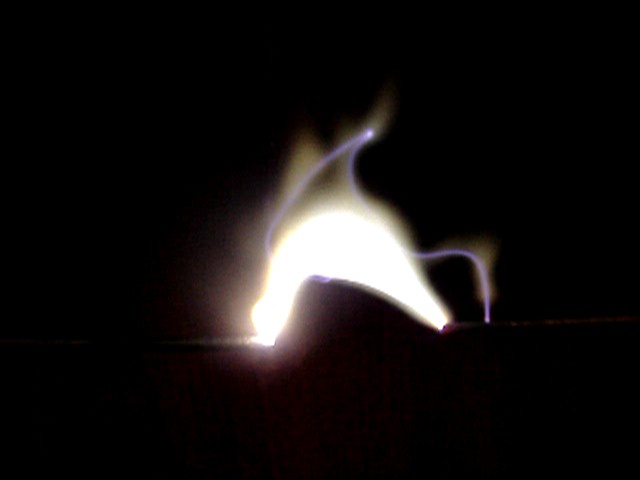
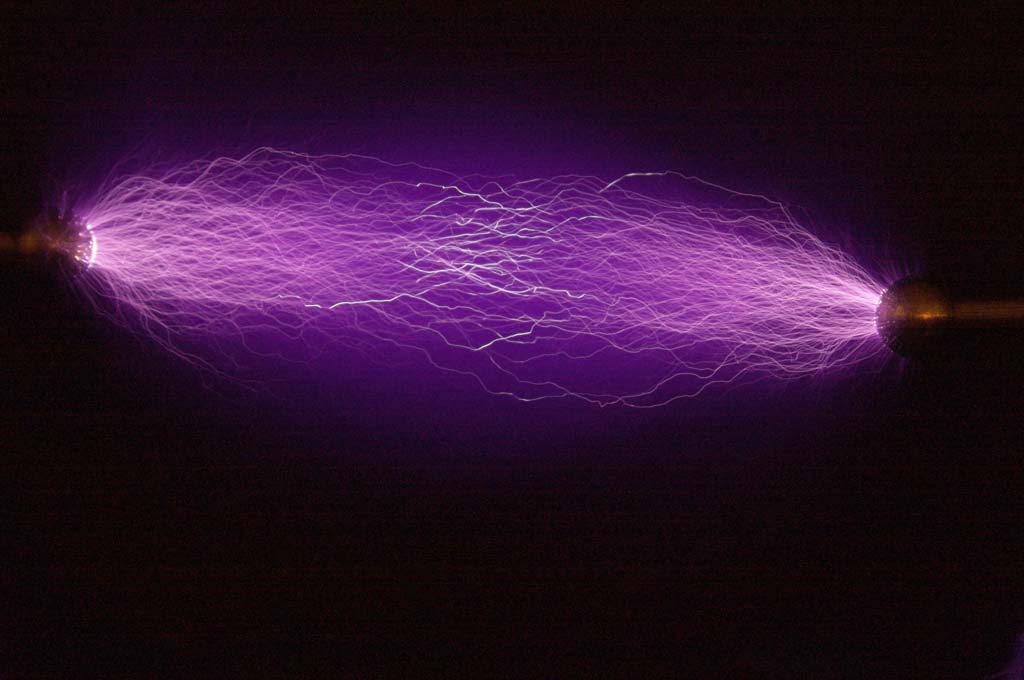
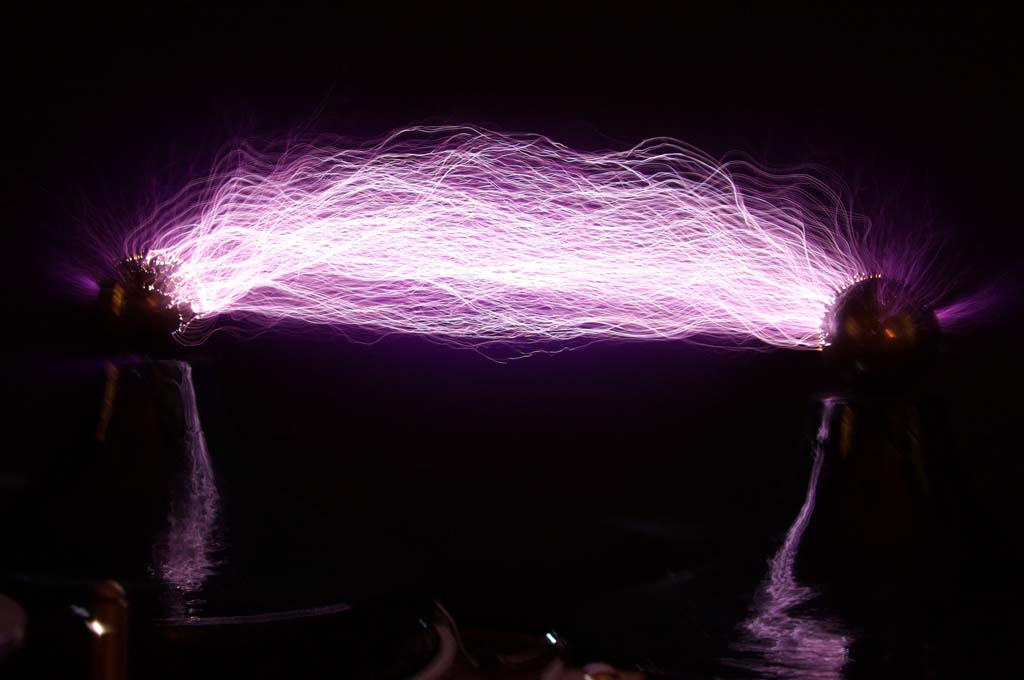
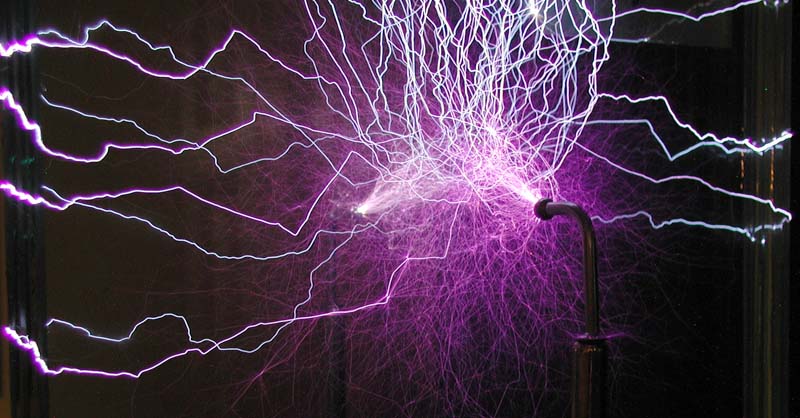
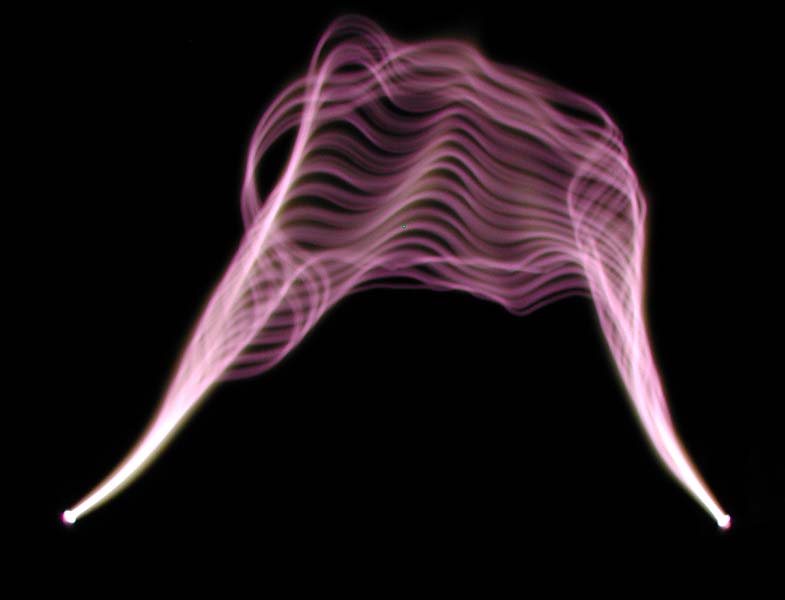
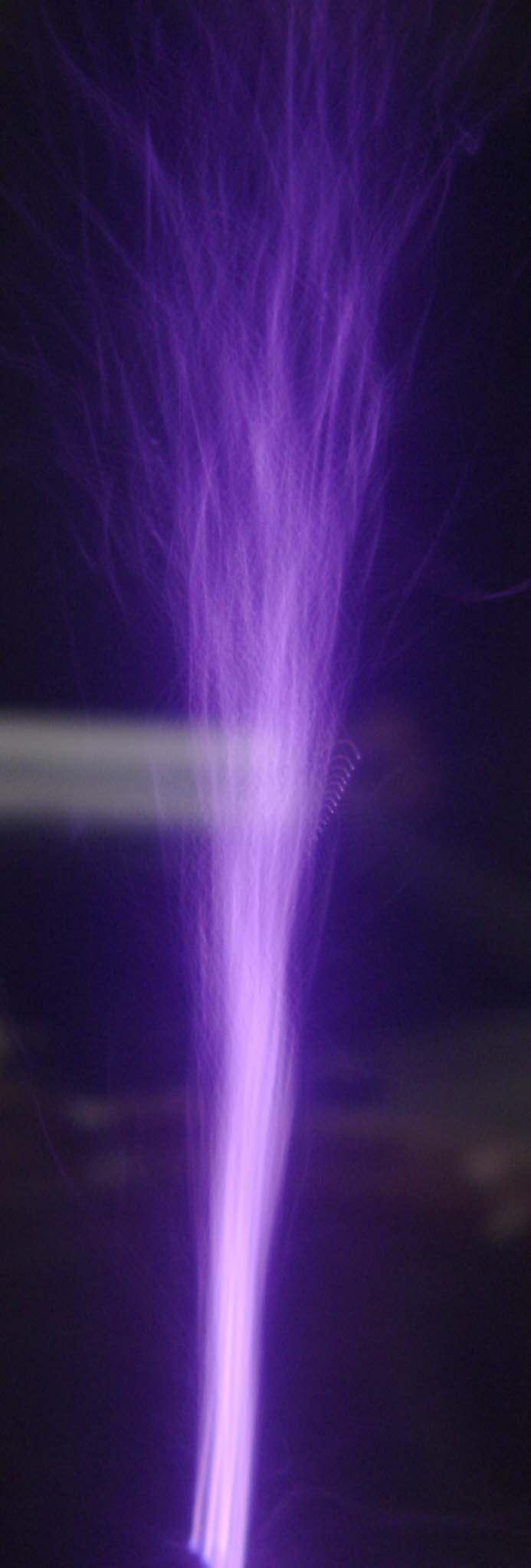
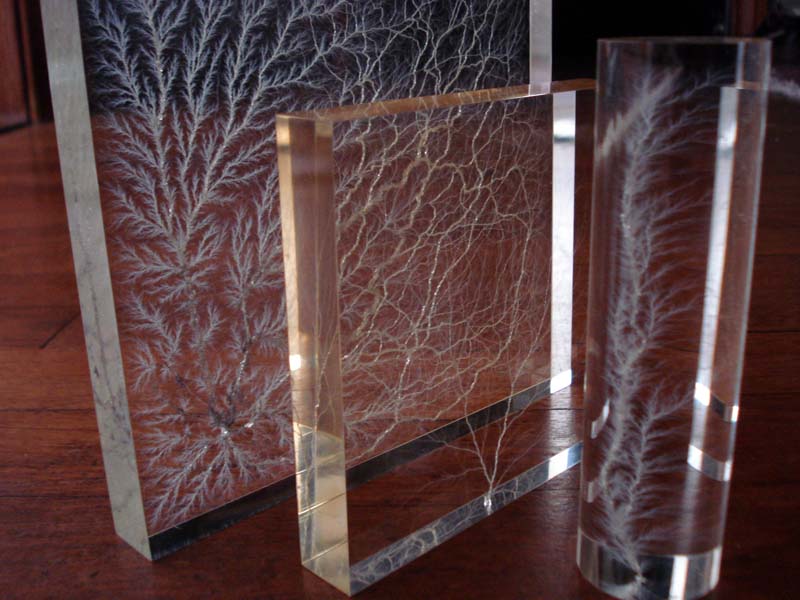

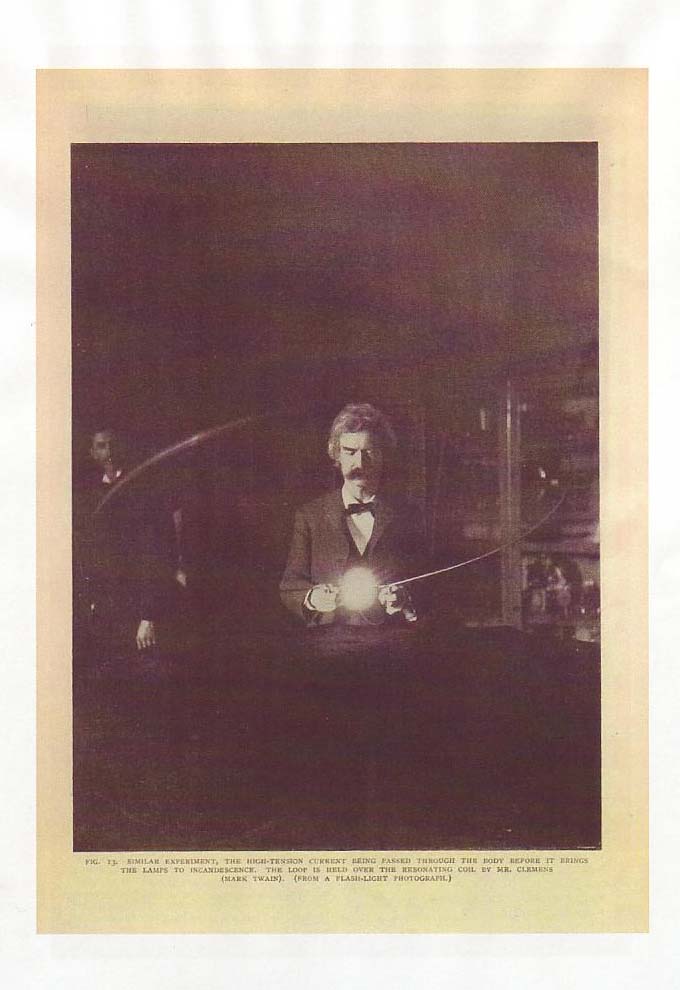






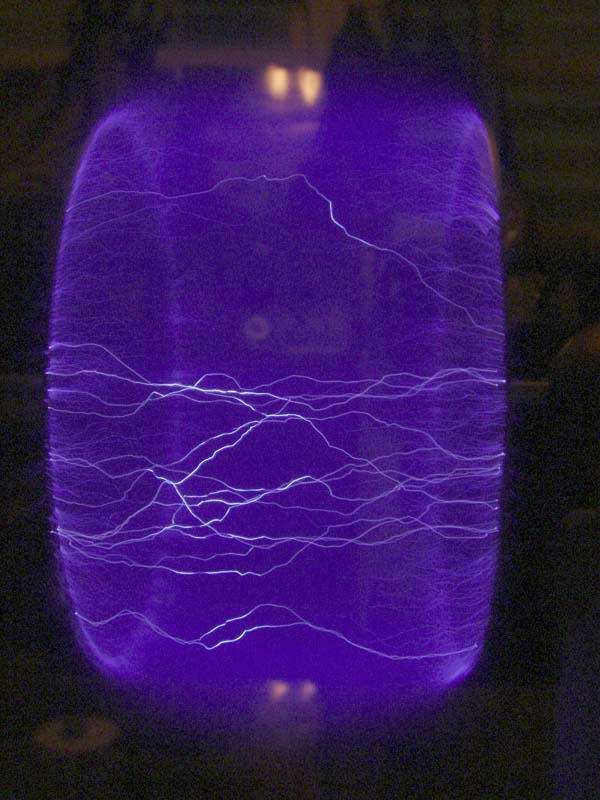
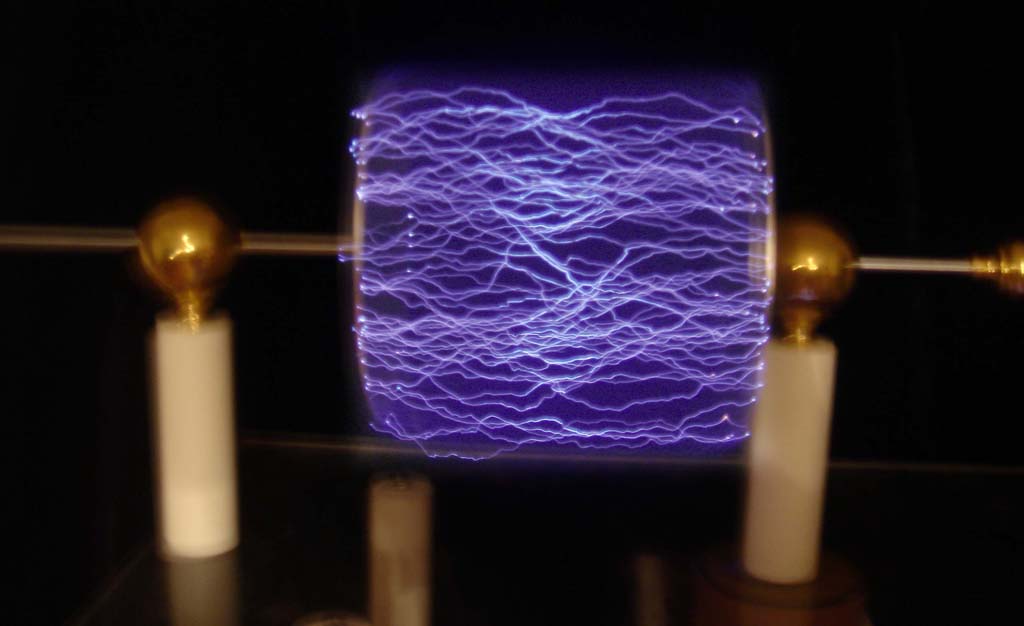

Comment